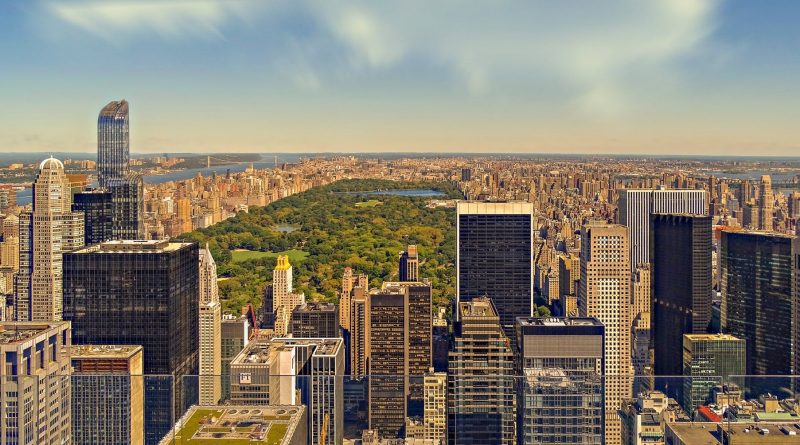OECD Development Policy Papers: “Mobilizing Institutional Investor Capital for Climate-Aligned Development”
Havard Halland of the OECD Development Center and SovereigNet Research Affiliate Adam D. Dixon of Maastricht University in conjunction with co-authors Soh Young In, Ashby Monk, and Rajiv Sharma have published a revised version of their 2018 OECD policy paper, “Mobilizing Institutional Investor Capital for Climate-Aligned Development.” The paper argues for the deeper involvement of large finance institutions in development finance to mobilize capital to help fight climate change.
The Abstract has been reprinted below:
Financing from institutional investors will be critical to achieving the sustainable development goals (SDGs) and curbing climate change. However, these large investors have been largely absent from multilateral initiatives to mobilize private capital. Partly as a result, such initiatives have been unable to reach the scale required for development finance to go “from billions to trillions”. Successful mobilization of private capital – including from institutional investors – has instead frequently taken place at the local level, by strategic investment funds and some green banks. This is likely due to advantages of being a local investor, including risk assessment, networks and “boots on the ground”, as well as the design of mandates, structure, governance, and staffing. At the same time, some institutional investors have been changing their modus operandi, from an intermediary to a collaborative model, and are re-localizing their operations. The elimination of financial intermediaries with a short-term focus removes a bottleneck between two categories of long-term investors – institutional investors and multilateral finance institutions –, and opens new opportunities for collaboration. To take advantage of such opportunities, multilateral finance institutions will likely need to deepen their integration with the collaborative model and work closely with successful strategic investment funds and green banks.

